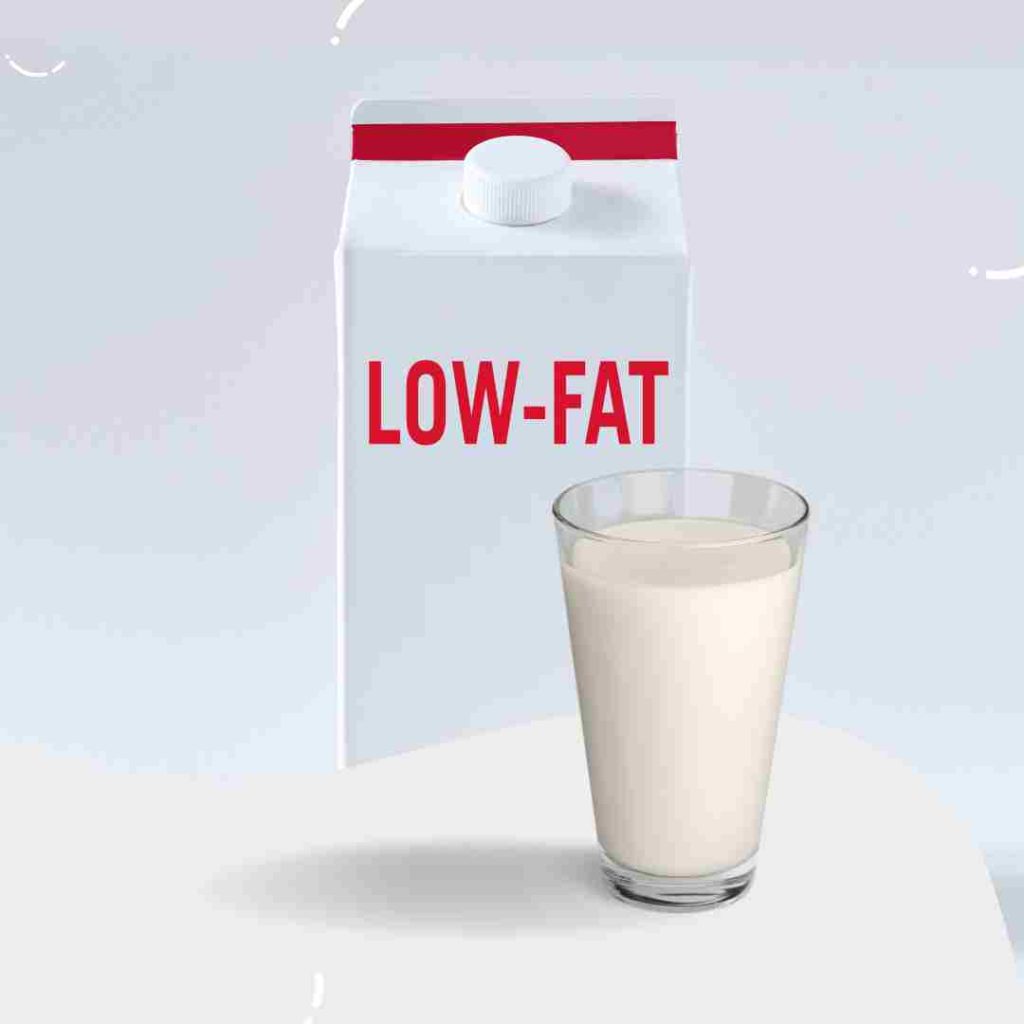
Lipids are important constituents of milk for nutritional and economic reasons and a good source of energy. Milk fat carries naturally occurring fat-soluble vitamins (A, D, E, and K) as well as β-carotene, a pro-vitamin A carotenoid (1). Additionally, milk fat is a unique and natural source of certain bioactive fatty acids that may offer potential health benefits. Some of these fatty acids are not commonly found in other parts of the diet, and consuming low-fat or fat-free dairy products may limit their intake (1).
Replacing whole, reduced-fat, or flavored milk with low-fat or skim milk has the potential to decrease dietary energy intake and saturated fat intake. However; this change would not affect the intake of potassium or calcium (2).
While whole milk naturally contains a low amount of fat soluble vitamins, the content of low fat or skim milk is reduced during processing. According to federal law, most skim milk must be enriched with vitamin A, and sometimes vitamin D. Based on fat content, milk is classified as whole milk (3.5% fat), low-fat milk (1% or 2% fat), and skim milk (0-0.5%, usually averaging 0.1% fat). Skim milk is sometimes referred to as nonfat or fat-free milk (3).
Milk’s types and total fat rates (4)
| Milk Type | Total Fat | Calories Per 240 mL | |
| Grams | %Daily Value | ||
| Milk | 8.0 g | %12 | 150 |
| Low-fat milk | 2.6g | %4 | 102 |
| Skim milk | Less than 0.5g | %0 | 80 |
Milk consumption has several benefits; however, concerns have arisen regarding excessive energy and fat intake, which are linked to the obesity epidemic (5). In a population with very high rates of severe obesity, studies have shown that consuming high-fat milk is associated with a lower risk of severe obesity (6). One suggestion to reduce the risk of childhood obesity has been to promote the consumption of non-fat or low-fat dairy products. However, recent evidence suggests that consuming whole-fat dairy products may actually help protect against obesity (6). Additionally, recent studies in adults have found that high-fat dairy consumption is associated with a lower risk of not only obesity but also diabetes mellitus (6)
Author Kubra Haktan
REFERANCES
- Gómez, P., Manuela, C., Miguel, J., & Fuente, A. l. (2018). Milk fatty acids and potential health benefits: An updated vision. Trends in Food Science & Technology, 1-9.
- D.Rehm, C., Drewnowski, A., & Monsivais, P. (2015). Potential Population-Level Nutritional Impact of Replacing Whole and Reduced-Fat Milk With Low-Fat and Skim Milk Among US Children Aged 2–19 Years. Journal of Nutrition Education and Behavior, 61-68.
- Gallary, C. (2015). How Is Skim Milk Made? Ingredient Intelligence.
- Kurtzweil, P. (2008). Skimming the Milk Label. U.S. Food and Drug Administration.
- Suri, S., Kumar, V., & etc., a. (2019). Considerations for development of lactose-free food. Journal of Nutrition & Intermediary Metabolism, 27-34.
- Beck, A. L., Heyman, M., Chao, C., & Wojcicki, a. J. (2017). Full fat milk consumption protects against severe childhood obesity in Latinos. US National Library of Medicine, 1-15.
